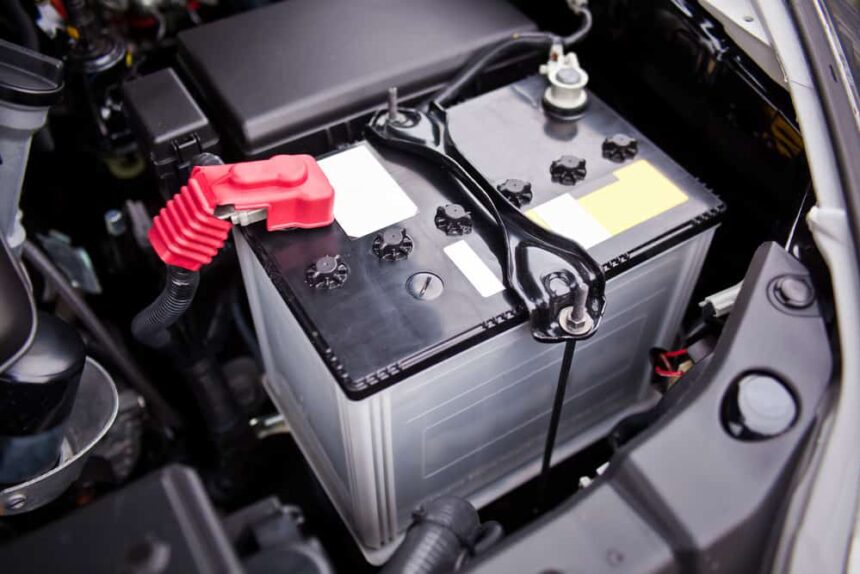Choosing the right battery for your vehicle is essential for ensuring reliable performance and longevity. With numerous options available on the market, it can be challenging to determine which battery best suits your car’s specific needs. Understanding your vehicle’s battery requirements and accurately determining the correct group size are crucial steps in making an informed decision. In this guide, we’ll explore how to avoid buying the wrong group battery for your vehicle by focusing on these key aspects.
Understand Your Vehicle’s Battery Requirements
Before purchasing a new battery, it’s important to understand the specific requirements of your vehicle. Different cars have varying electrical demands and physical configurations that necessitate specific battery types and sizes. Here are some essential factors to consider:
- Electrical Needs: Assess the electrical components of your vehicle, including the engine size, audio systems, and any additional accessories. Vehicles with more electrical demands require batteries with higher Cold Cranking Amps (CCA) to ensure reliable starts, especially in extreme weather conditions. For instance, a 42 BCI group battery is designed to provide ample power for vehicles with significant electrical systems, ensuring consistent performance and reliability.
- Physical Dimensions: The battery must fit securely within the designated battery tray in your vehicle. Measure the length, width, and height of your current battery to ensure that the new one matches these dimensions. A battery that is too large or too small can lead to improper mounting, increased vibrations, and potential damage to the battery and surrounding components.
- Terminal Configuration: The placement and type of terminals on the battery should match those of your vehicle to ensure proper connectivity with the battery cables. Incorrect terminal placement can lead to connectivity issues, reducing the battery’s effectiveness and potentially causing electrical problems.
- Reserve Capacity (RC): Reserve capacity indicates how long a battery can sustain a minimum electrical load without the engine running. Vehicles with high reserve capacity requirements benefit from batteries that can maintain essential functions during short trips or unexpected electrical failures.
By thoroughly understanding your vehicle’s battery requirements, you can narrow down your options and select a battery that meets both the electrical and physical specifications necessary for optimal performance.
Determine the Correct Group Size
Once you’ve identified your vehicle’s battery requirements, the next step is to determine the correct group size. Group size classifications standardize batteries based on their physical dimensions, terminal configurations, and performance specifications. Choosing the wrong group
size can lead to fitment issues and compromised performance. Here’s how to accurately determine the correct group size for your vehicle:
- Consult Your Owner’s Manual: Your vehicle’s owner’s manual typically lists the recommended battery group size. This information ensures that you select a battery that fits perfectly within the designated battery tray and meets the vehicle’s electrical demands.
- Use Online Tools and Resources: Many automotive websites, including AutoZone, offer tools that allow you to input your vehicle’s make, model, and year to find the compatible group sizes. For example, a 92 BCI group battery is suitable for vehicles that require a compact yet powerful battery, ensuring a perfect fit and reliable performance.
- Measure Your Current Battery: If you don’t have access to the owner’s manual, you can measure your existing battery to determine its group size. Measure the length, width, and height of the battery and compare these measurements to standard group size specifications available online or at automotive stores.
- Seek Professional Advice: If you’re unsure about the correct group size, consult with a professional at an automotive store or a mechanic. They can provide expert guidance based on your vehicle’s specifications and ensure that you select the right battery.
Selecting the correct group size is crucial for ensuring that the battery fits properly and performs optimally. For vehicles with specific requirements, such as larger engines or advanced electrical systems, a 400 BCI group battery offers the necessary power and durability to meet these demands, enhancing your vehicle’s reliability and performance.
Conclusion
Avoiding the mistake of purchasing the wrong group battery for your vehicle involves a clear understanding of your car’s battery requirements and accurately determining the correct group size. By considering factors such as electrical needs, physical dimensions, terminal configuration, and reserve capacity, you can make an informed decision that ensures optimal performance and longevity of your vehicle’s battery. Investing in the right group battery, whether it’s a 42 BCI group battery, a 92 BCI group battery, or a 400 BCI group battery, guarantees that your vehicle remains reliable and efficient, providing you with peace of mind and a smooth driving experience.
For a wide selection of high-quality group batteries tailored to meet your vehicle’s specific needs, visit our 400 BCI group battery section. Ensure that you choose the right battery that aligns with your car’s requirements and your driving habits, keeping your vehicle powered and dependable for years to come.


